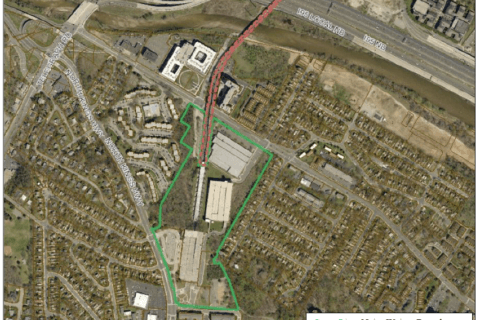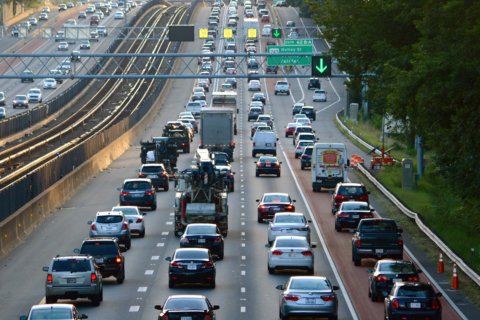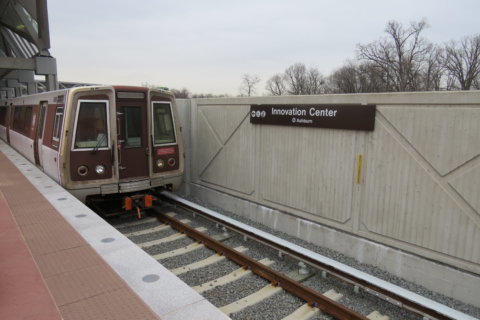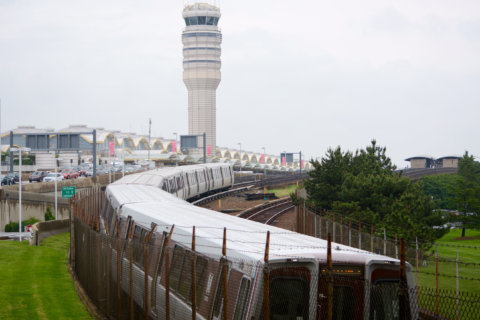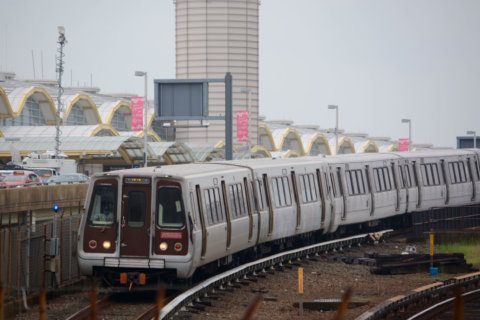The Washington Metrorail Safety Commission says it is still watching at Metro’s six closed stations south of Reagan National Airport this summer, even though Metro has designated it as a construction zone rather than an active part of the rail system.
“We’ve made it very clear to WMATA that our oversight authority extends to the construction zone,” said commission CEO David Mayer.
The commission’s staff has visited the work zone to check worker safety and other policies.
“We would be looking for the kinds of things you would expect to find at a job site like this: personal protective equipment, safety briefings and good safety practices with respect to doing the work, moving equipment and just a general good safety environment,” Mayer said.
Inspecting stations overnight affected by the Metro summer shutdown, assessing whether proper safety protocols and controls are in place — such as at the Yellow Line’s Huntington Station here. #metro #WMATA pic.twitter.com/Htg0846xkj
— Washington Metrorail Safety Commission (@MetrorailSafety) May 31, 2019
“We’ve seen some minor safety concerns, and we’ve passed them along to WMATA and we’ll do some spot checking later in the process to ensure they’ve been corrected,” Mayer added.
Amalgamated Transit Union Local 689 has expressed broader concerns about the shutdown and the way Metro has changed some worker protection training policies during the shutdown to allow contractors certain access to parts of construction zones without typical track safety training.
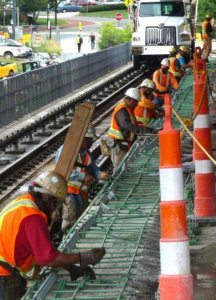
Metro said the changes apply only to contractors working in station areas where typical train safety risks are not an issue during the shutdown. Similar policies were used in New York-area system shutdowns.
“We certainly are interacting with WMATA to understand the provisions of its contract and their orders with respect to the construction zone,” Mayer said.
The commission has asked Metro to provide usual notifications of any safety incidents such as injuries in the shutdown zone, even though Metro designated much of the area an active construction zone largely under the control of Metro contractors rather than typical railroad segment.
“As it becomes time for stations to reopen and revenue service to start, we would expect WMATA to do some inspections, run some test trains and, just like we’re doing inspections currently with construction, we’ll do some checking and inspecting of that work as well,” Mayer said.
Ultimately though, the oversight of the contractor Kiewit’s work falls to Metro itself.
Metro would have similar responsibilities for any private contractor hired to operate the Silver Line extension to Dulles International Airport.
So far during this shutdown, Metro said crews in stations have been working on removing and replacing platform edges by cutting out old pieces and pouring new concrete and on the replacement of the skylight glass on station canopies.
At Braddock Road, contractors are also building towers that will support the shift of platform supports meant to make sure trains are level with the platform edge.
Outside the stations, Metro is replacing tracks and the train crossover near Huntington, among other work.

